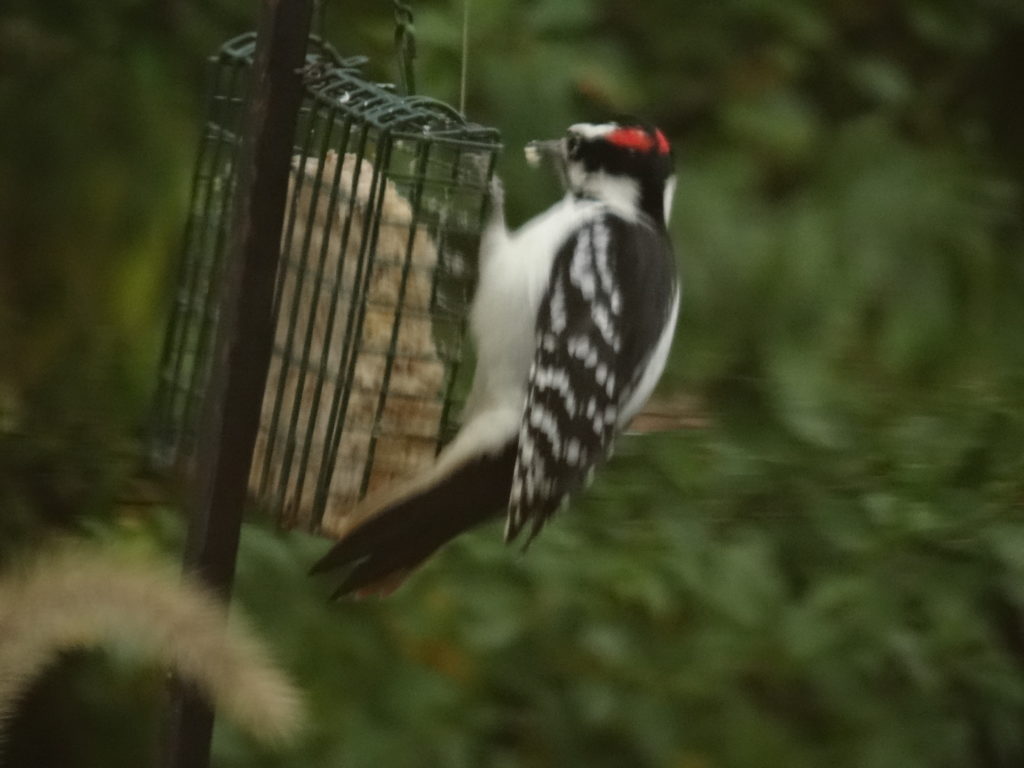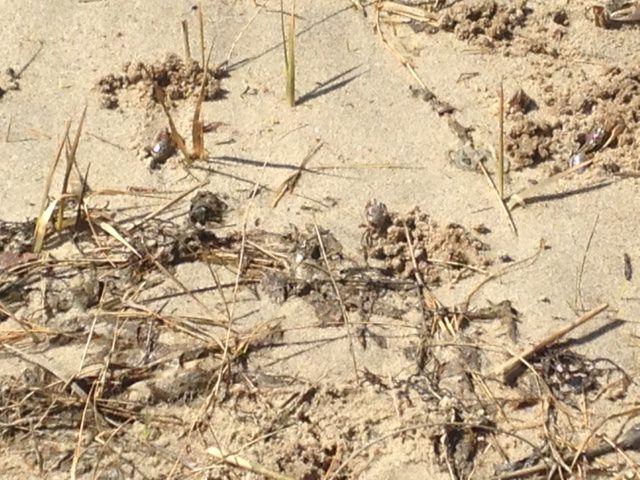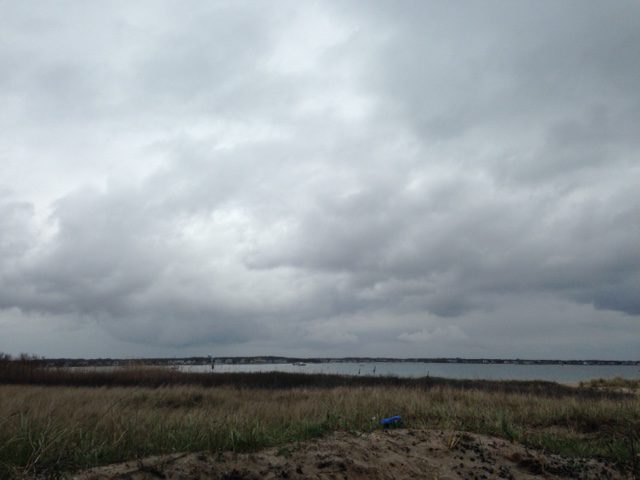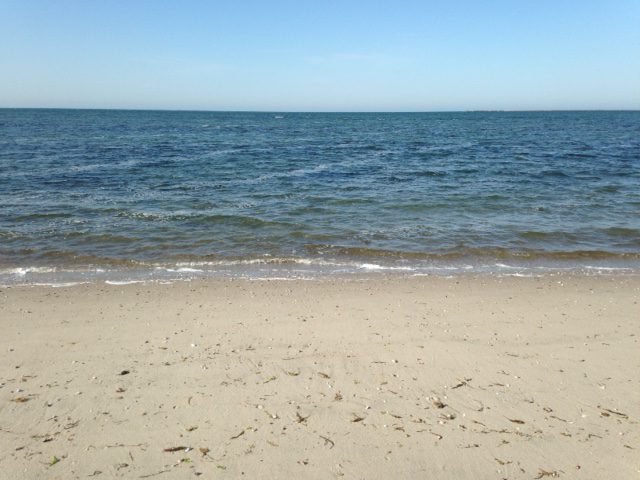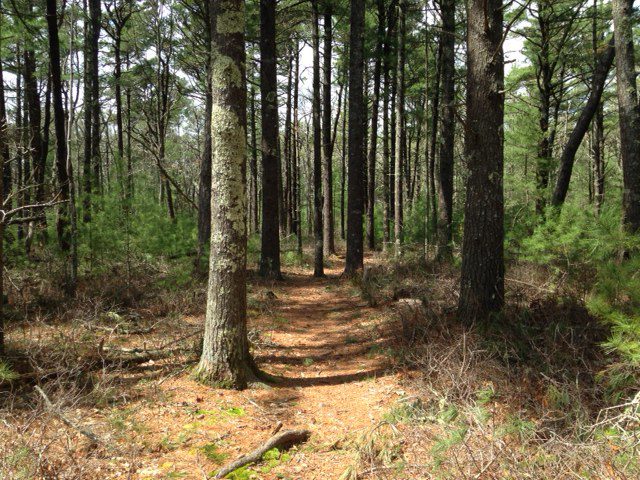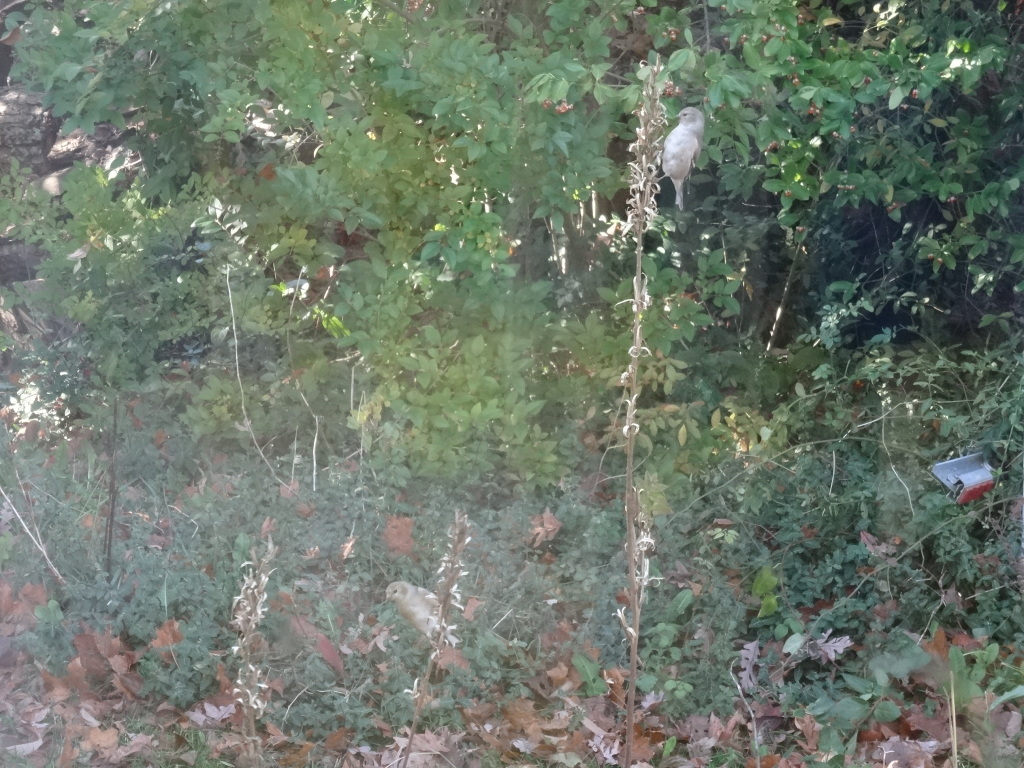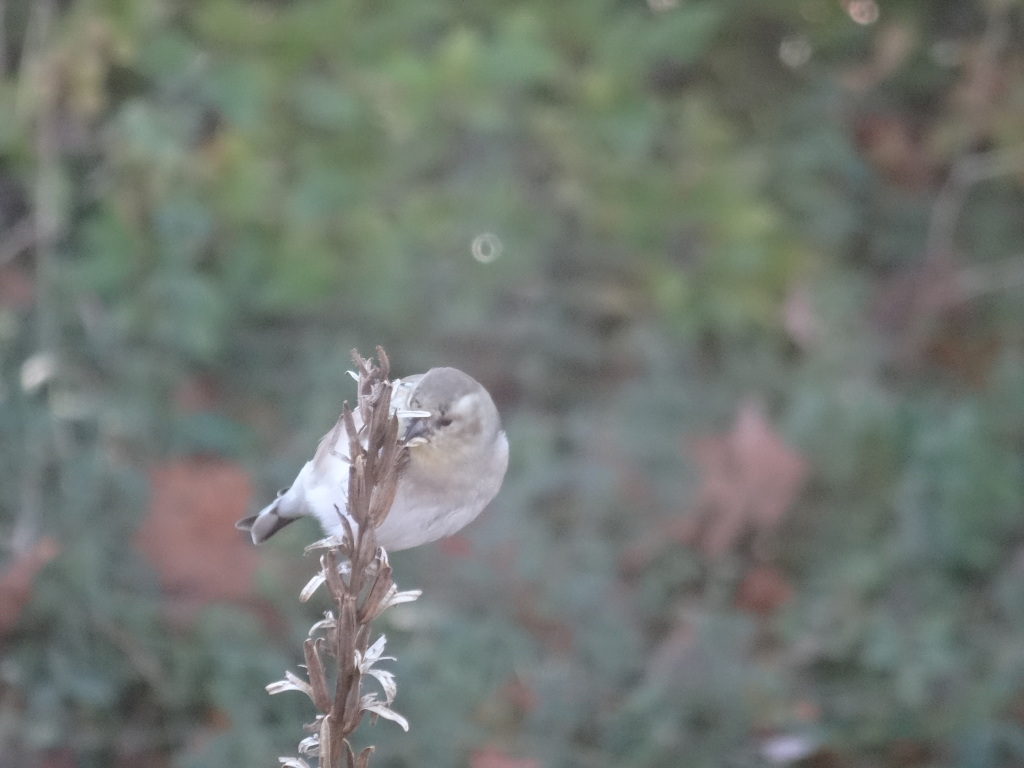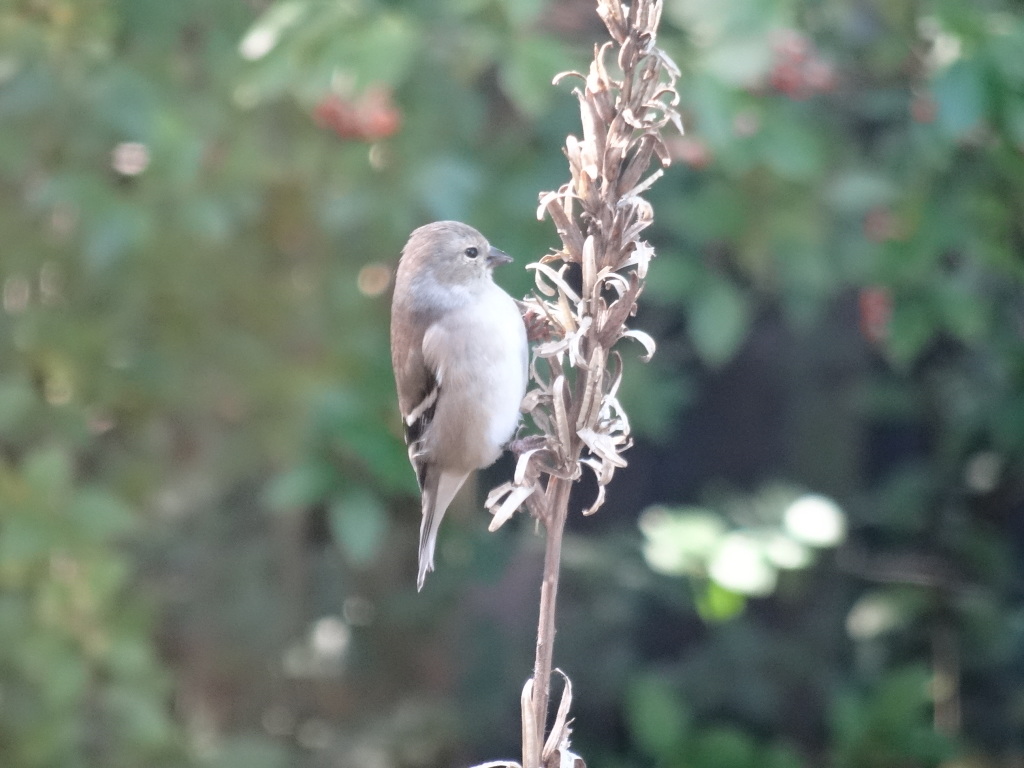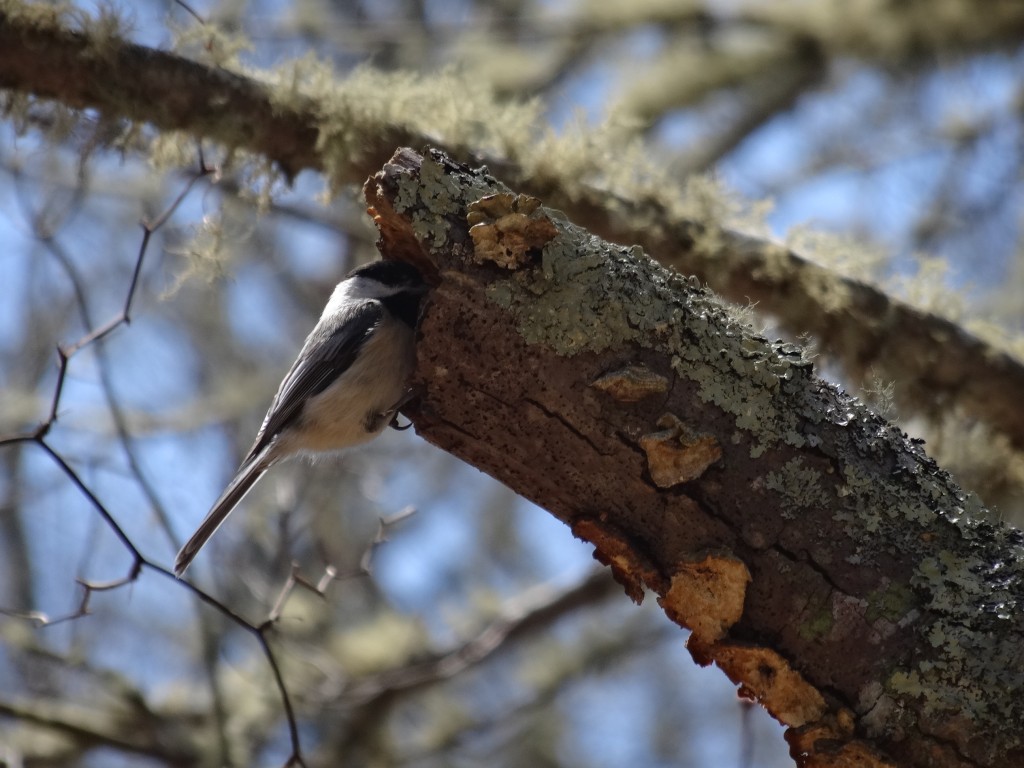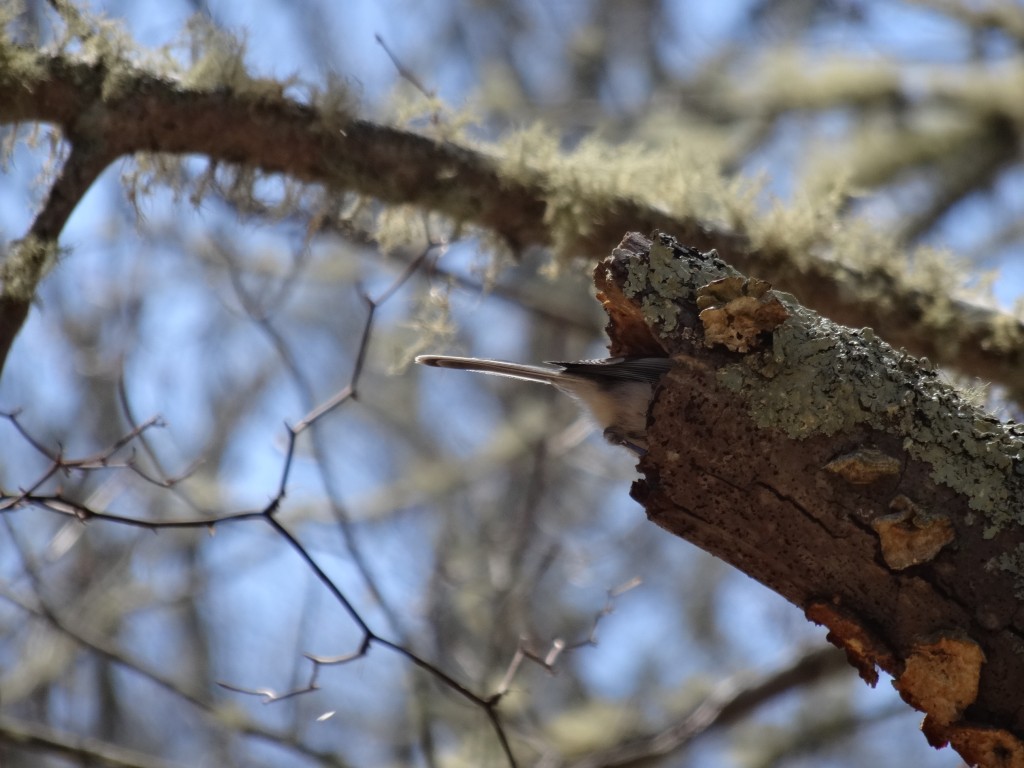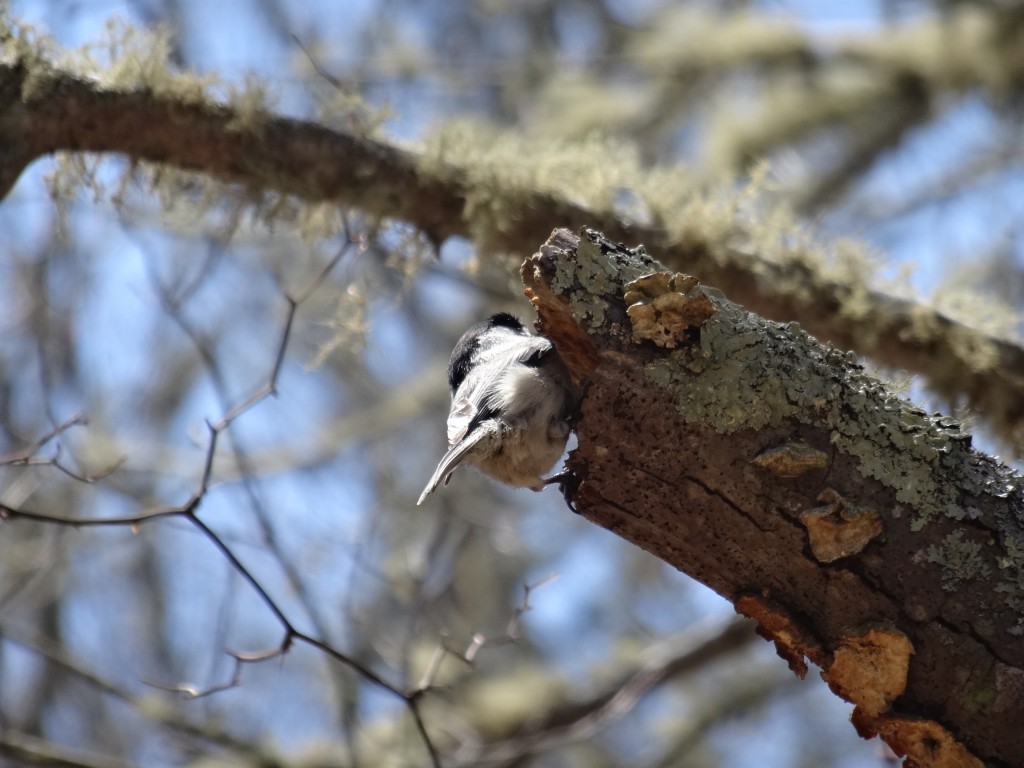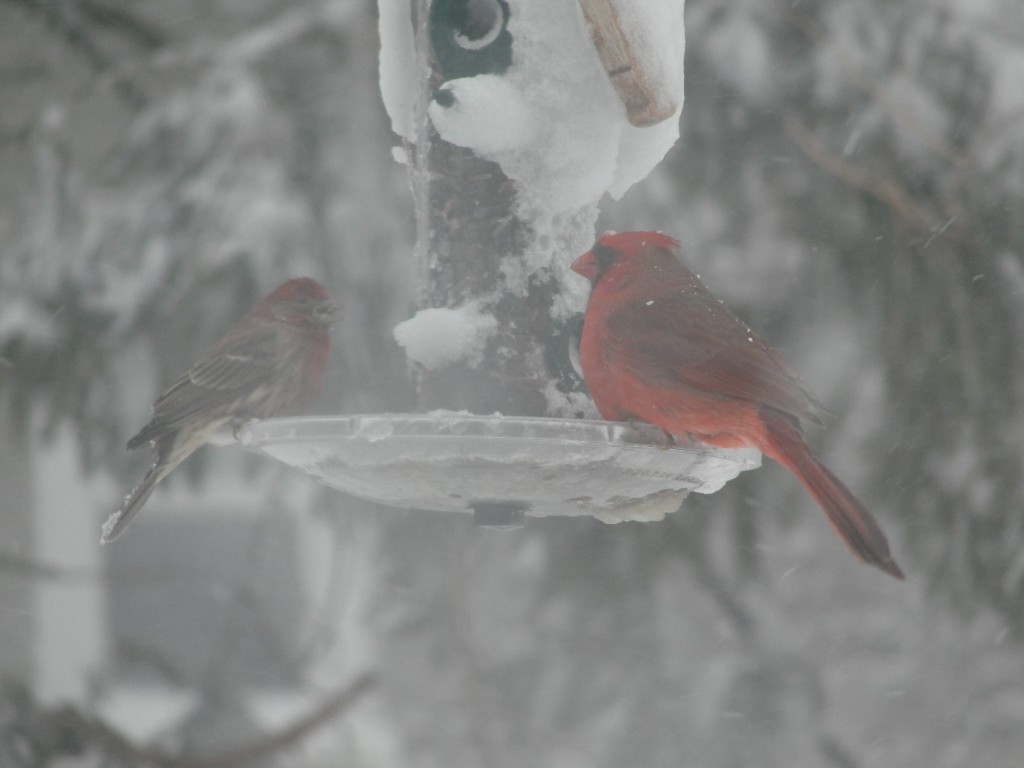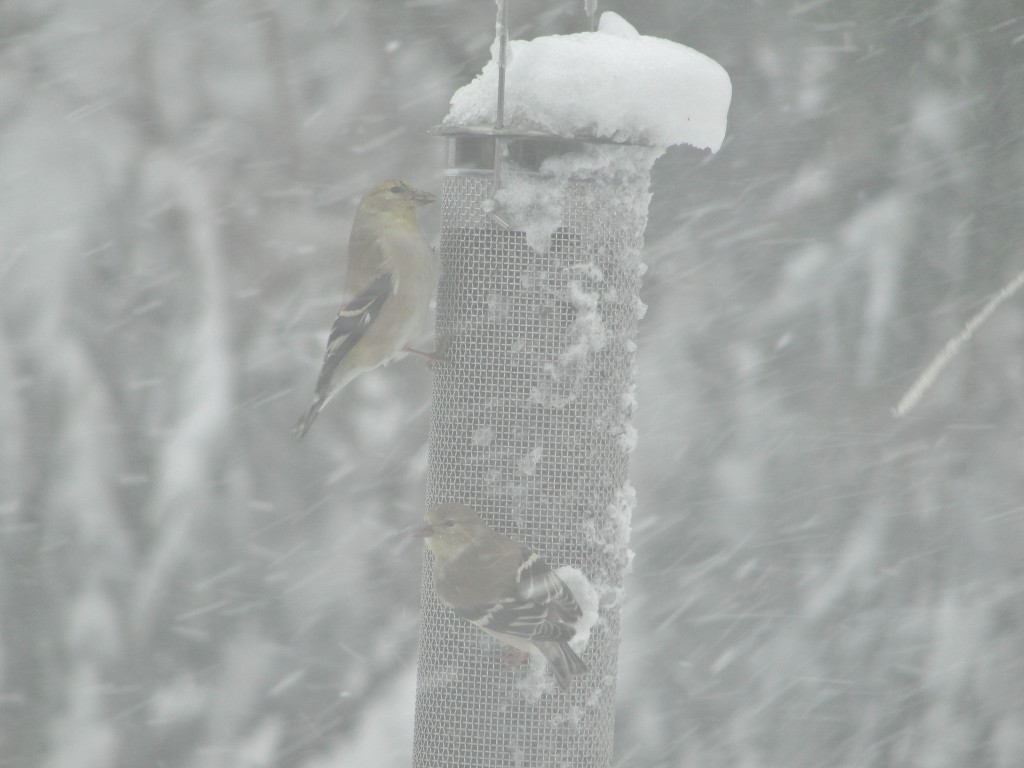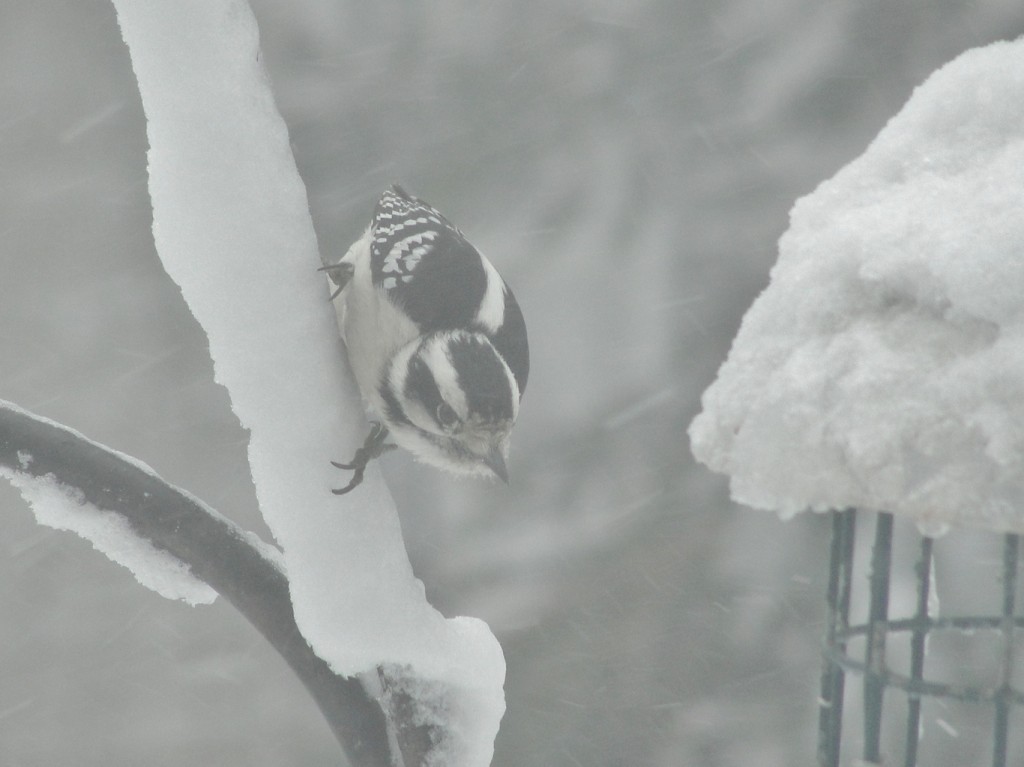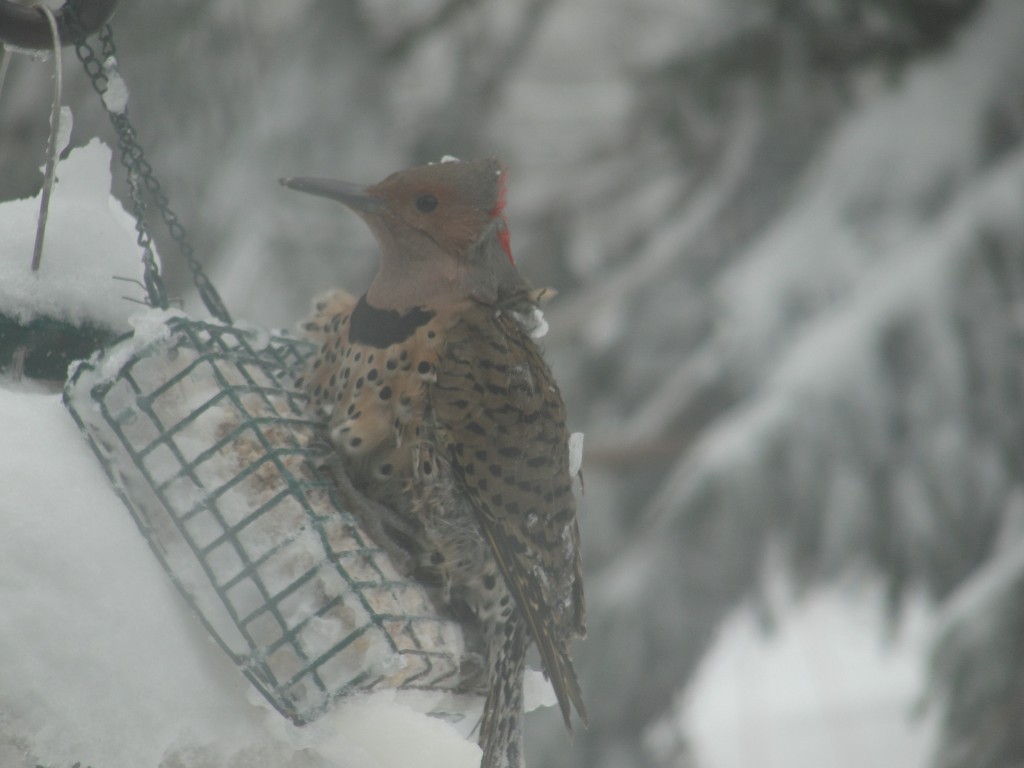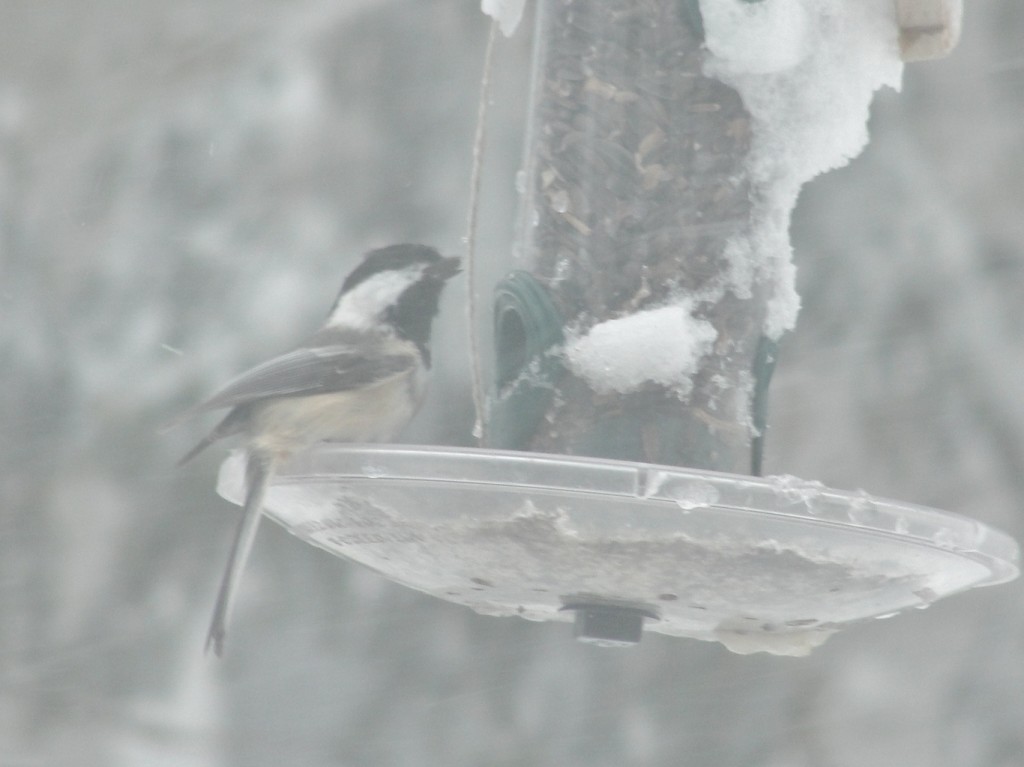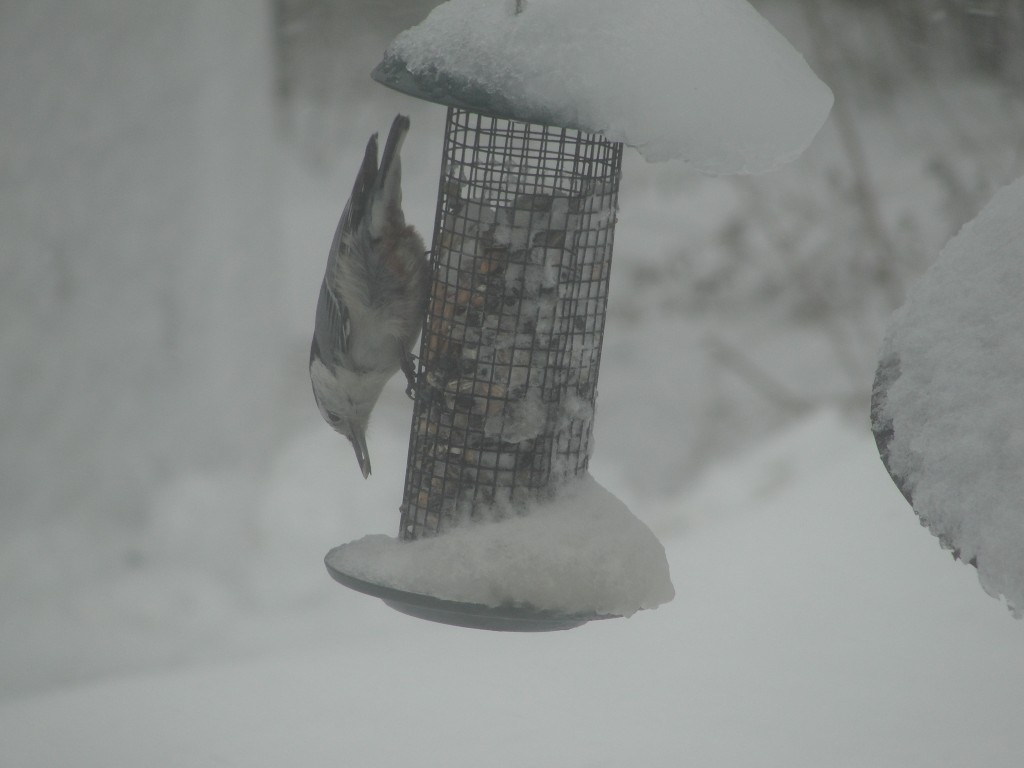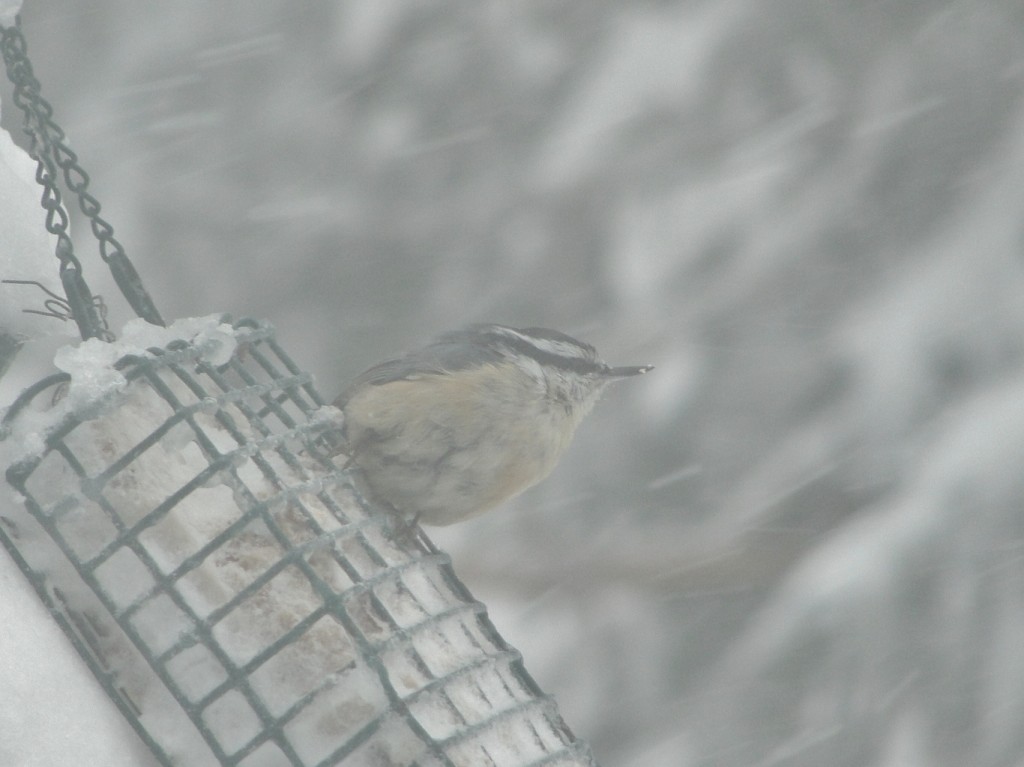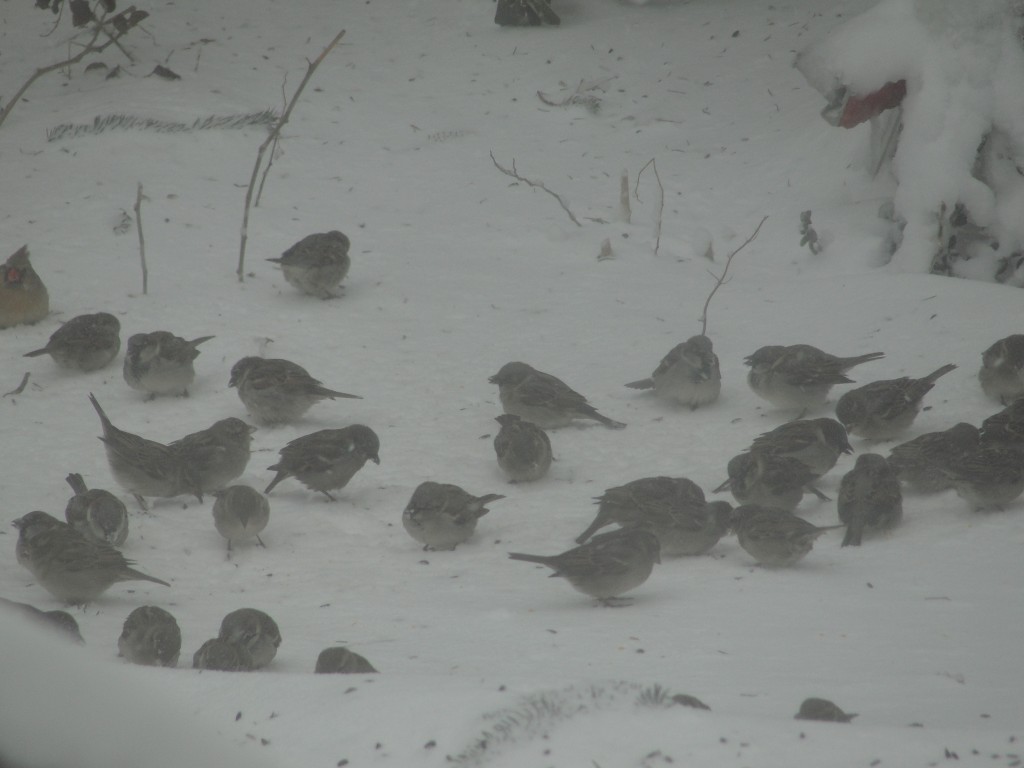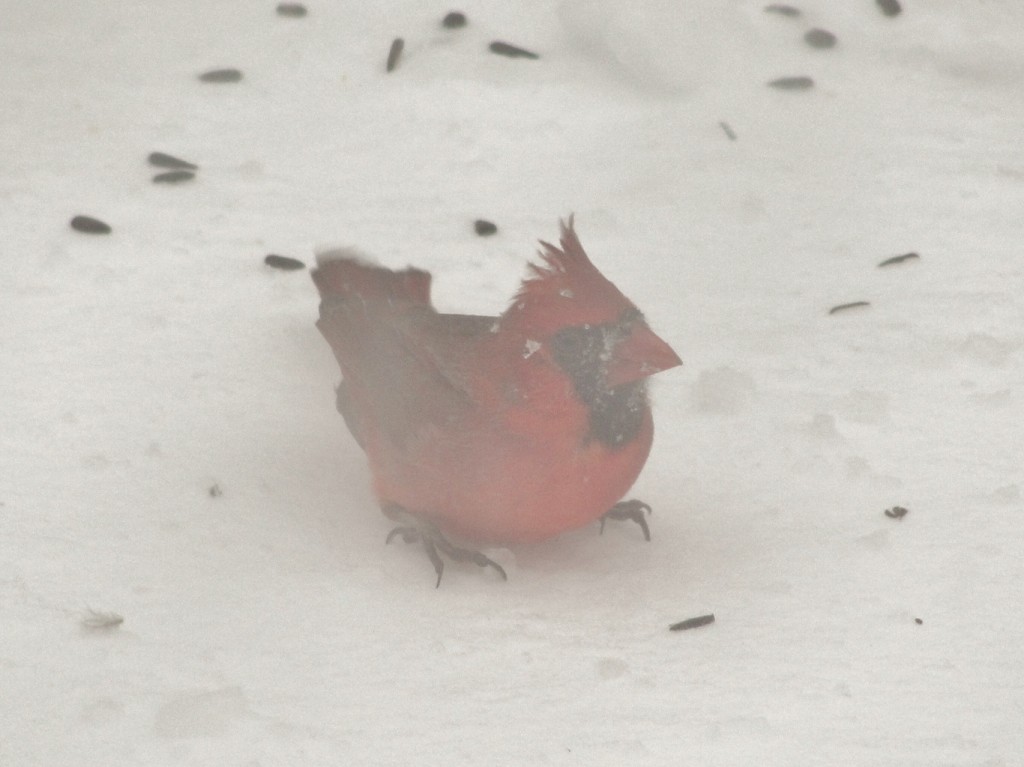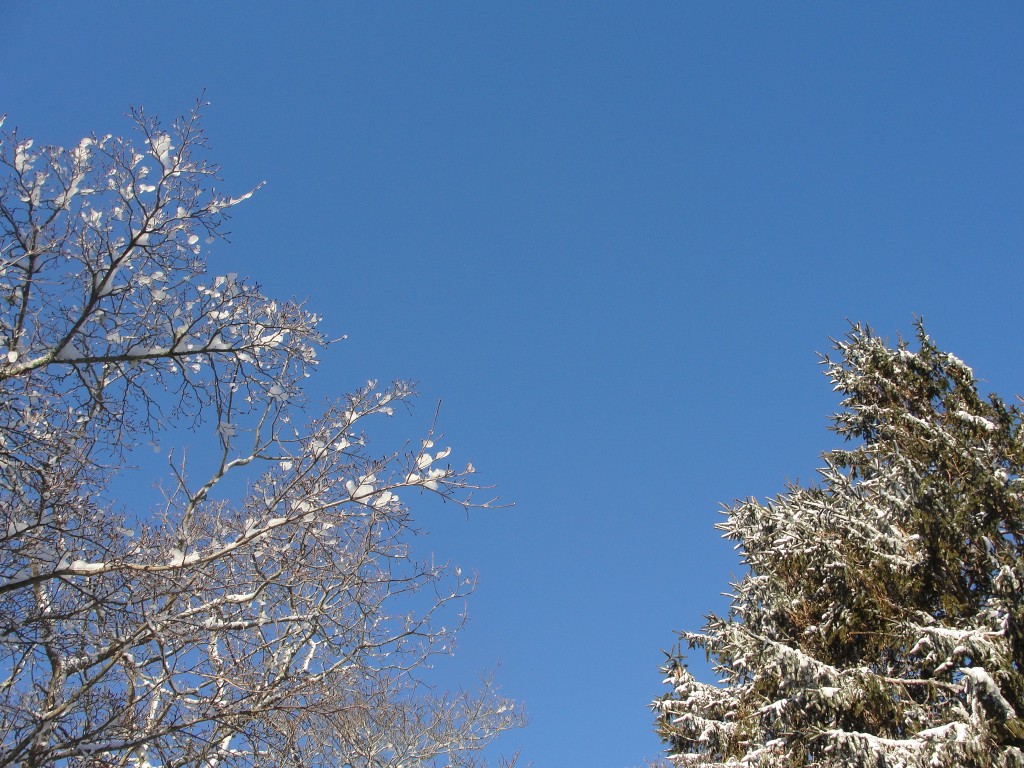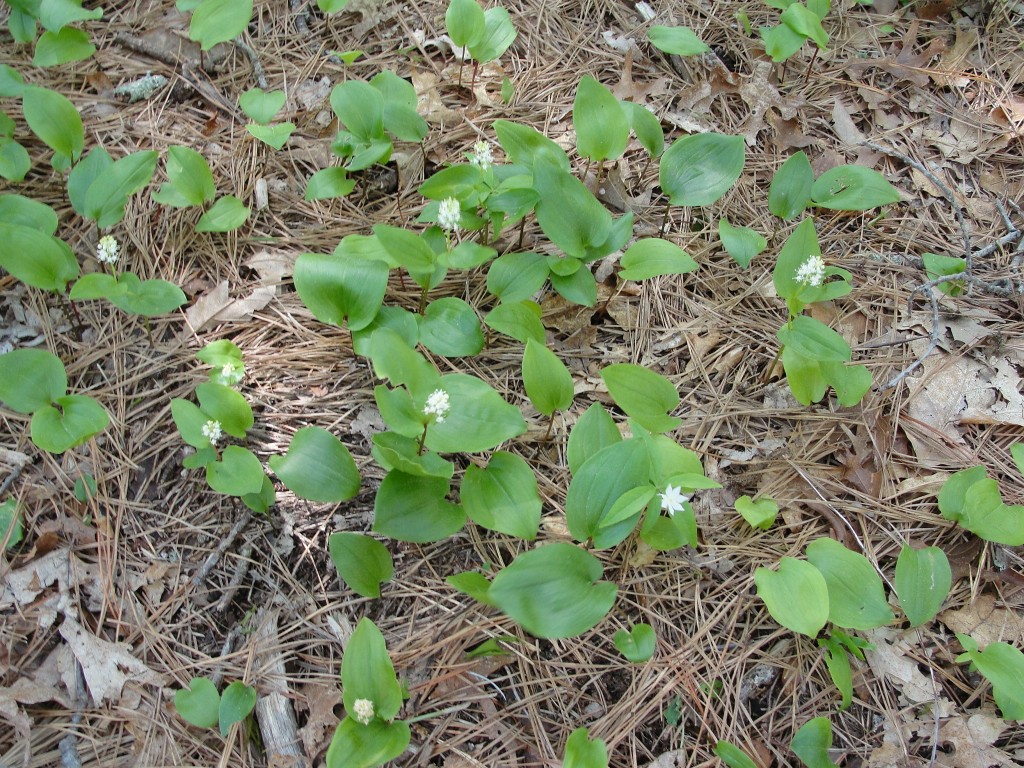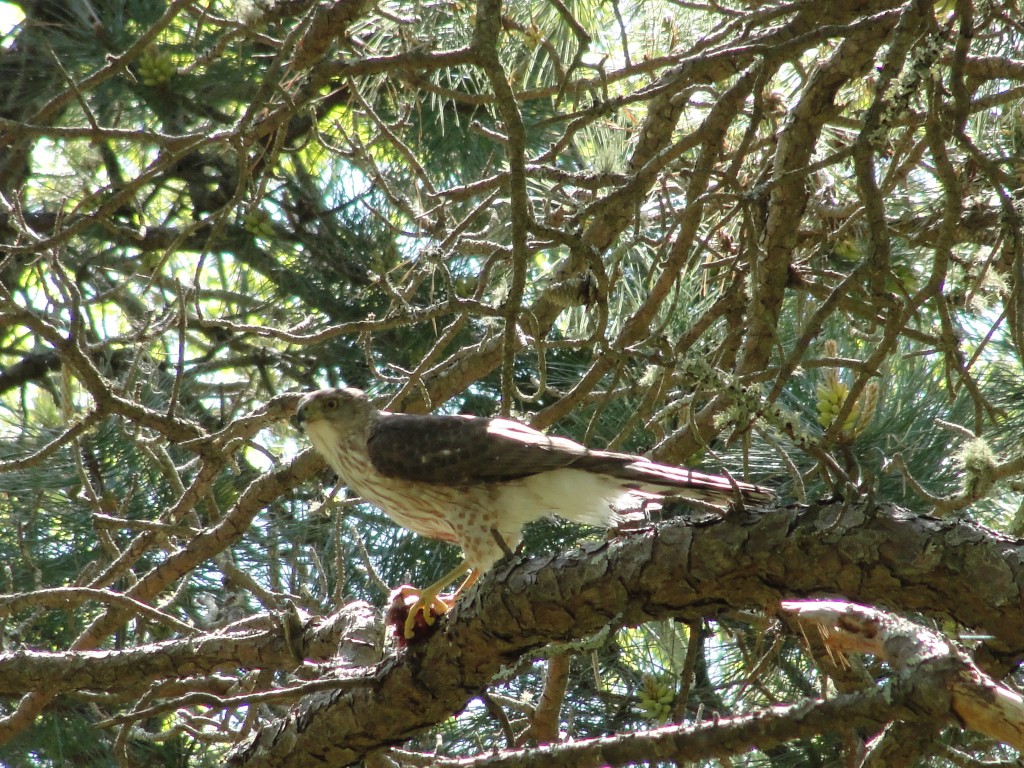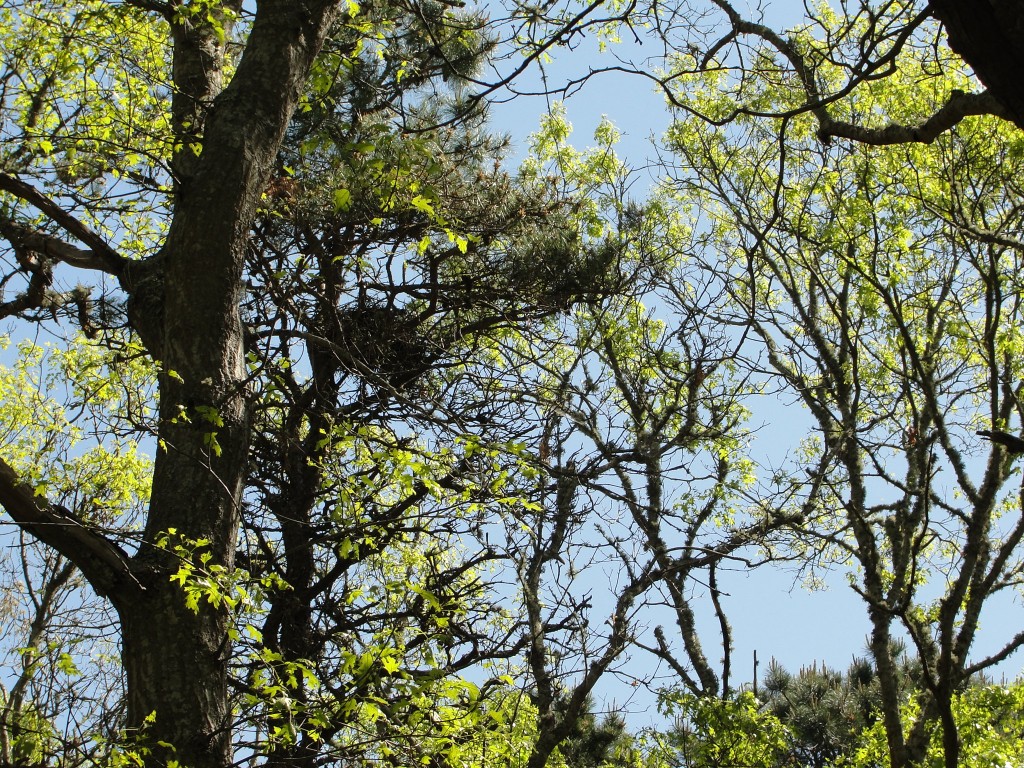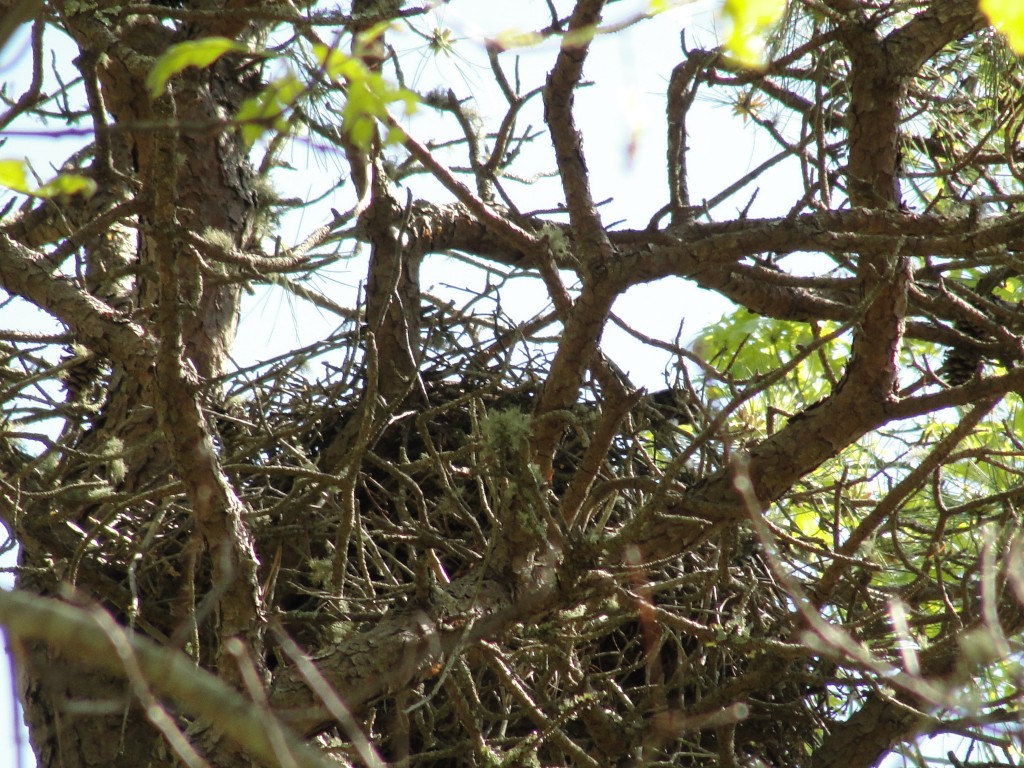Every now and then I head out for a walk thinking I’ll look for a certain thing but I end up finding something even more magical than what I was originally looking for.
In this case, I’d heard about a very visible nest of green herons not far from where I live. So of course I got up super early and went to see what I could see. It took only a minute to find them because mom or dad was sitting right out in plain sight in the morning light. The first picture shows the adult plus two babies behind it. There wasn’t another soul around, just the birds and me.

Look at the second picture to see how many baby green herons you can see. Check out those ginormous feet and bills and big yellow eyes! Green herons are quite common but because they are small and so well camouflaged many people have never seen one. I’m betting most people won’t see this nest because they don’t know what to look for. It’s pretty well hidden. Both adults watch over the nest and the young. The other parent was probably away gathering food. Young herons are fed by the parent regurgitating food, such as fish, right into their crops.
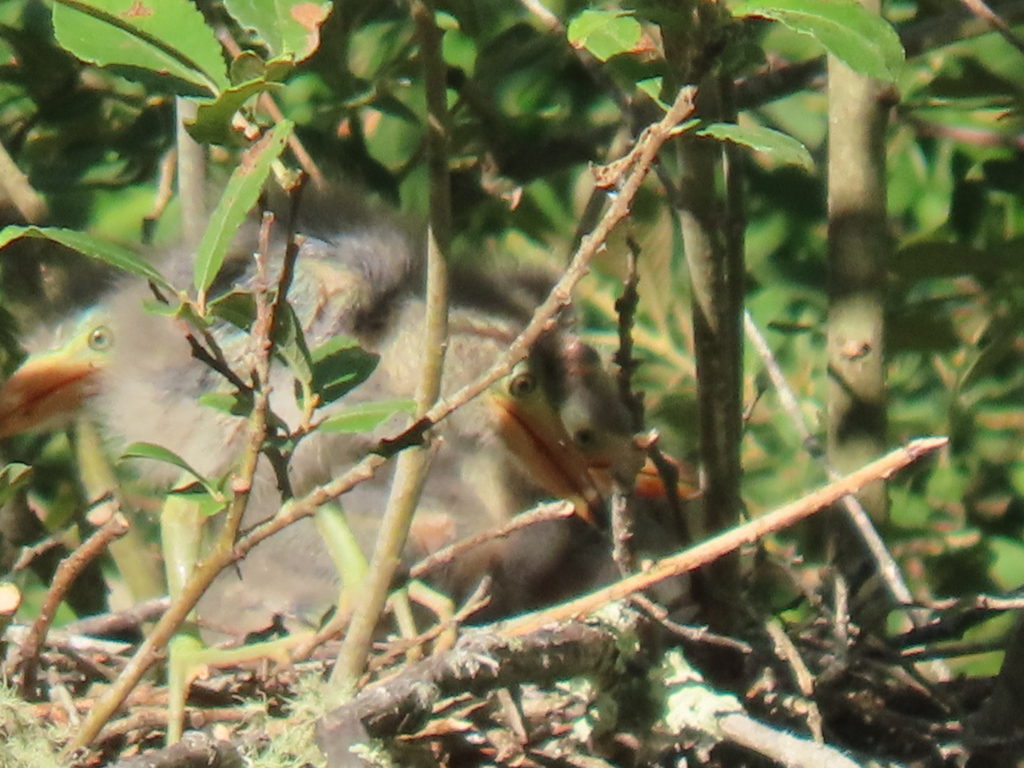
I hung around for a while watching them as the sun went in and out and as the shadows shifted I heard a loud squawk and saw that the adult bird was very agitated, chasing a large bird away from the nest. An immature black crowned night heron had interrupted the morning bliss for a minute but it soon landed on a half submerged log below the nest where it began to hunt for fish.
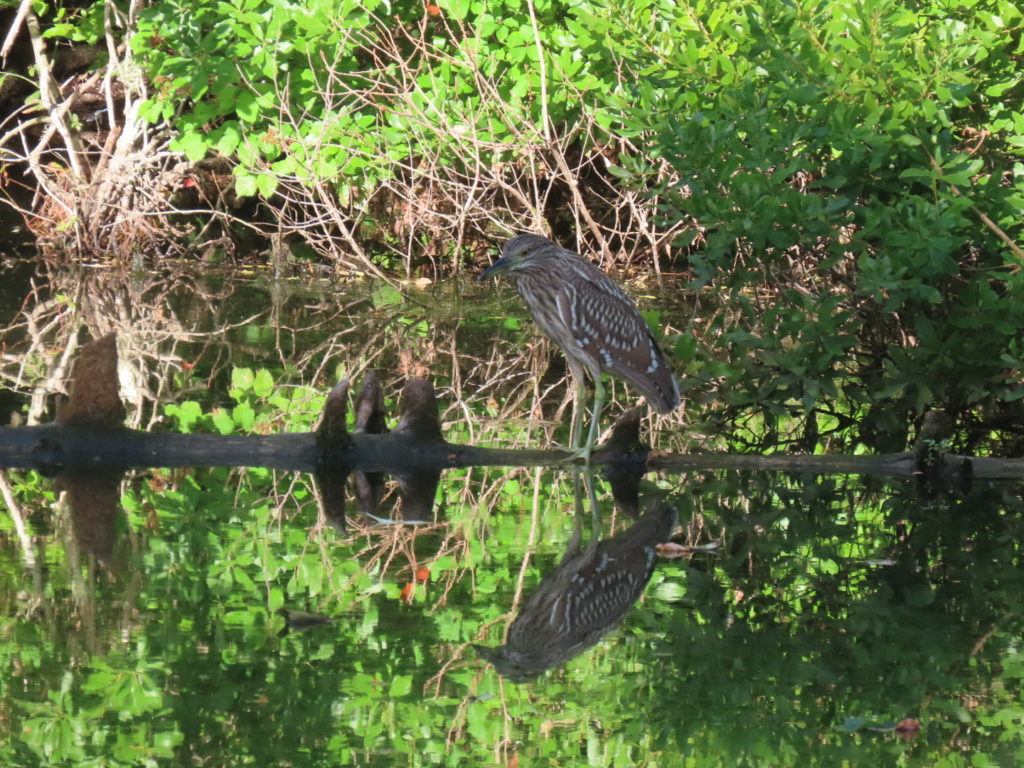
Night herons are much larger than green herons and are quite predatory. Was the immature bird after one of the nestlings? It may have just been a clumsy mistake. In any case, the parent green heron immediately quieted its young and promptly sat on them, covering them up and protecting them. The night heron was unimpressed and proceeded to catch and eat several small fish while I watched, right under the branch where the nest was.

It was joined by a brother or sister who was hunting under the overhanging greenery. It was a good game of peekaboo, as I’d see it one minute and completely lose sight of it the next.
There is a big meadow on this property and I hoped to catch some butterfly action so I headed in that direction before the heat got too intense. Like much of the rest of the world we are having a bit of a heat wave here. Staying cool was definitely on my mind.
The meadow is full of milkweed, goldenrod, chicory, Queen Anne’s lace, and all sorts of thistles and vetches. It’s full of bees, butterflies, and other insects I won’t even pretend to know or name. It’s also full of birds. Swallows and purple martins swoop and swirl overhead. Goldfinches fill the air with their twitters and calls. The bright yellow males move from blossom to blossom as the females settle in for a longer meal.
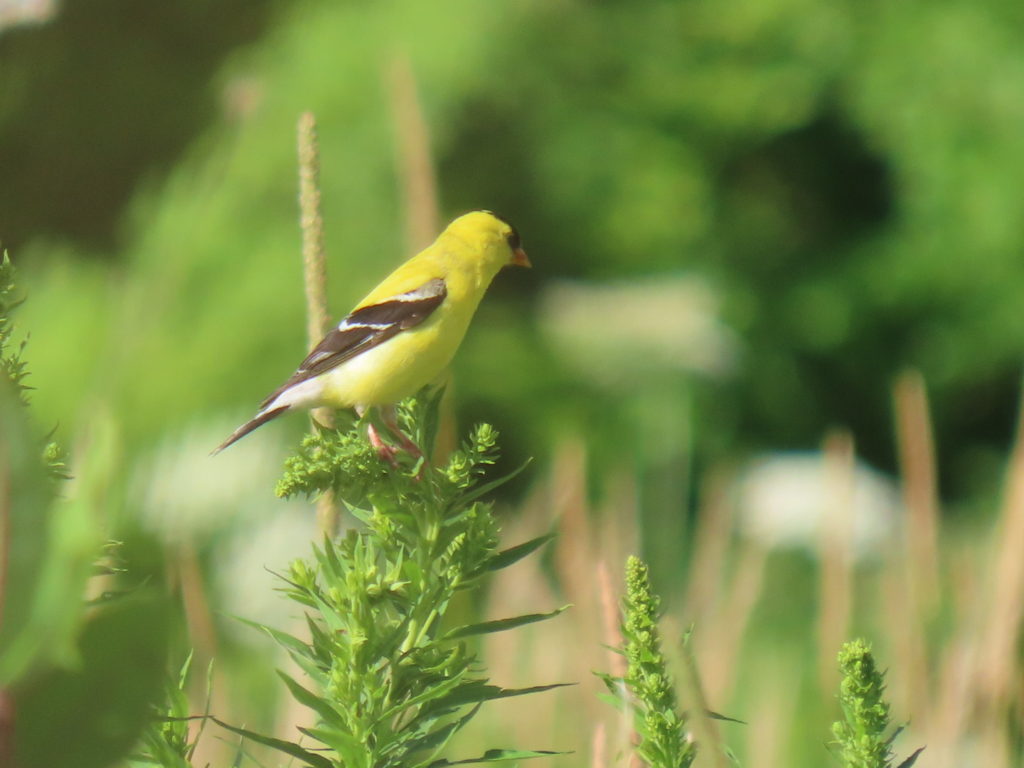
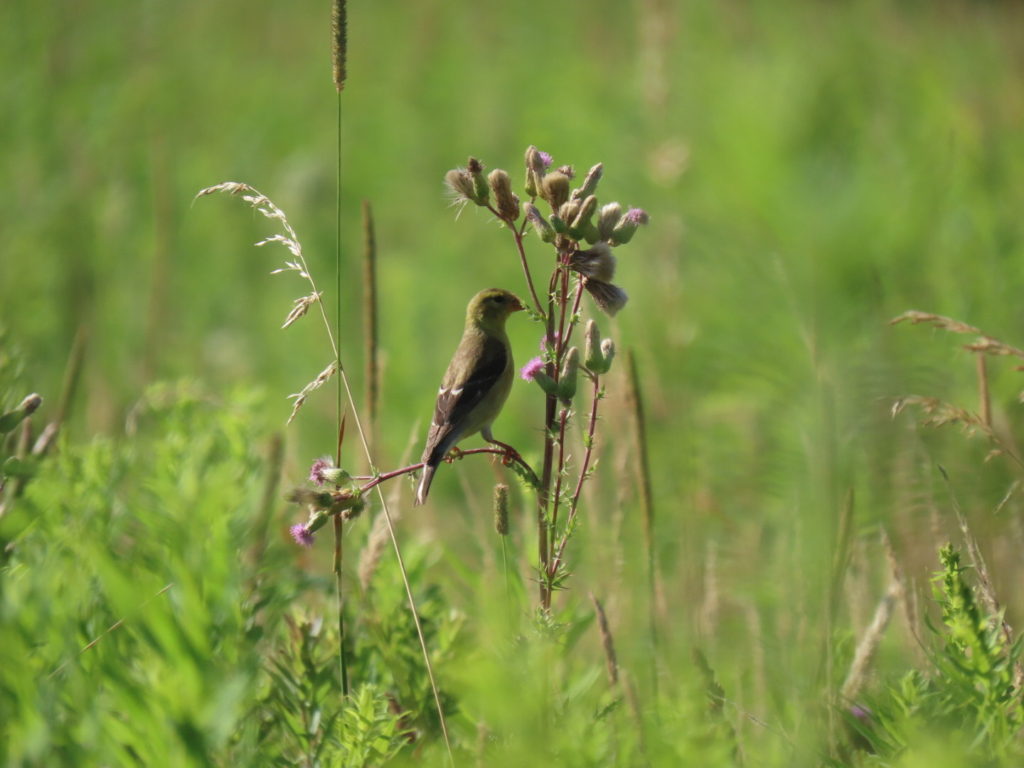
Not only were goldfinches feeding like crazy but I kept hearing cedar waxwings. All of a sudden they were all around me, landing on top of goldenrod stalks, nibbling at the buds and new leaves. What a bonanza. They moved very quickly and were very aware of me so it was difficult to get a good shot that wasn’t blurry. This was the best one. Personally, I think they are one of the loveliest and beautiful of birds.

The morning had barely begun and I felt like I’d been surrounded by magic. I came to see one thing but was rewarded with so much more.
Being out in nature is always reward enough in itself for me. I’m never sure what I will see, hear, smell, or experience but it’s always something memorable. When one allows oneself to be happy in a meadow surrounded by butterflies, birds, and blossoms, one doesn’t really need much more to feel content and satisfied.
There’s magic all around us every day. We just have to remember to slow down, look, and listen to find it.


